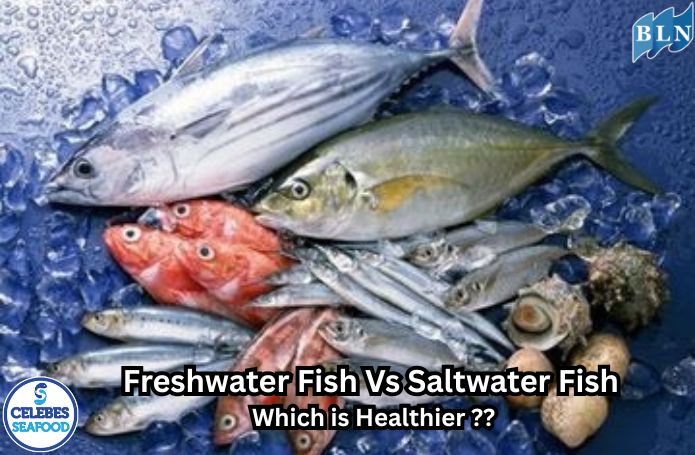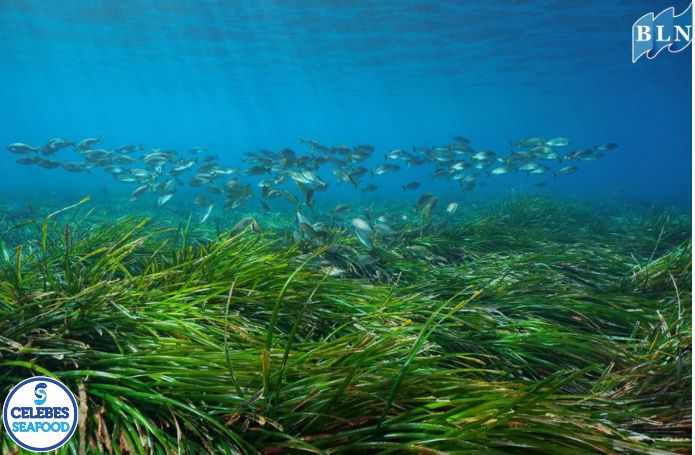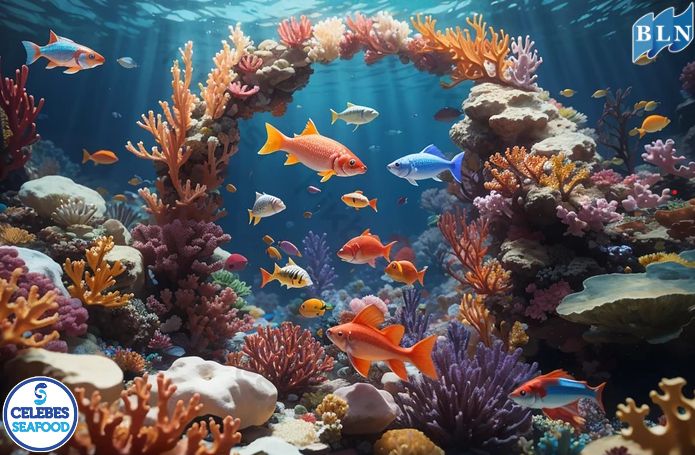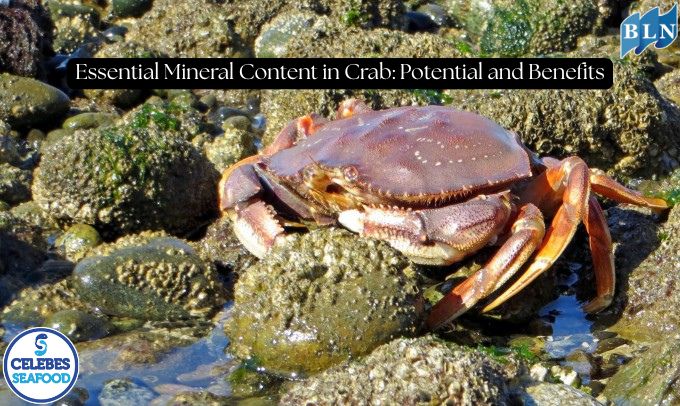Ecological Role of Pelagic Fish in Marine Ecosystems
By. Amma - 07 May 2025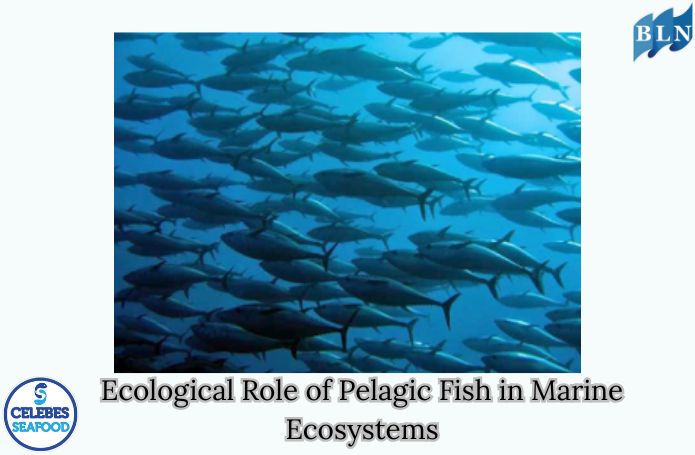
lautnusantara.com Pelagic fish play a very crucial and diverse role in maintaining the balance and function of marine ecosystems. They inhabit the pelagic zone, which is the open water column that is not adjacent to the seabed or coast. Their presence affects various ecological aspects, including:
1. Food Web Link:
- As Predators: Pelagic fish, especially larger ones such as tuna, mackerel, and marlin, are important predators of smaller fish, crustaceans (shrimp, crabs), and even squid. Their preying activities help control the populations of species below them in the food chain.
- As Prey: Conversely, smaller pelagic fish such as sardines, anchovies, and mackerel are the main food source for larger predators, including other pelagic fish, marine mammals (such as dolphins and whales), and seabirds. Their availability is critical to the survival of these predators.
2. Energy and Nutrient Transfer:
- Through their feeding and predation activities, pelagic fish play an important role in transferring energy and nutrients between trophic levels in marine ecosystems. Their abundant biomass provides energy for predators above them.
- The vertical movement of some pelagic fish species (rising to the surface at night to feed and descending to depths during the day) also helps distribute nutrients across water layers.
3. Population Control:
- As predators, pelagic fish help maintain the balance of their prey populations. Without effective predators, populations of certain species can explode and disrupt the overall balance of the ecosystem.
- Conversely, a decline in pelagic fish populations can negatively impact the populations of predators that depend on them as a food source.
4. Ecosystem Health Indicators:
- Changes in the population, distribution, and health of pelagic fish can be early indicators of disturbances in marine ecosystems, such as climate change, pollution, or pressure from overfishing.
- Monitoring pelagic fish populations can provide important information for marine resource management and conservation efforts.
Specific Examples:
- Anchovies and Sardines: These small pelagic fish are a crucial food source for many larger predators. Their decline can lead to starvation and predator population declines.
- Tuna: As top predators in many pelagic ecosystems, tuna help control populations of other medium- and large-sized fish. Their presence is essential for maintaining the structure of prey communities.
- Baleen Whales and Small Pelagic Fish: Baleen whales consume large numbers of small pelagic fish such as krill and schooling fish. This relationship shows how important pelagic fish are as an energy source for these giant marine mammals.
In short, pelagic fish are not just a fishery resource, but a vital component of the web of marine life. Their ecological roles are significant in maintaining the balance, energy transfer, and overall health of marine ecosystems. A good understanding of these roles is essential for sustainable marine resource management and ecosystem conservation efforts.
If you are interested in our product KING FISH STEAK, WAHOO NATURAL CUT FILLET SKIN ON please do not hesitate to contact us through email and/or whatsapp.

